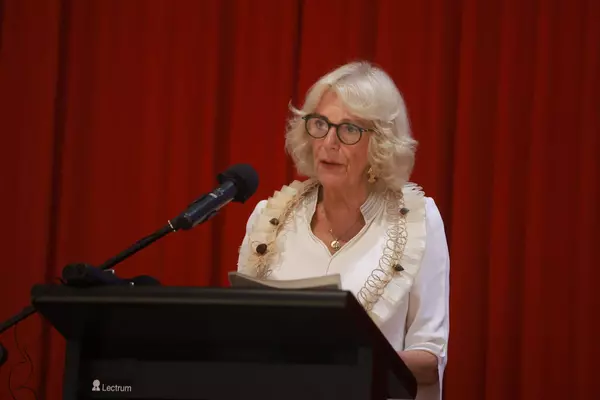The carbon footprint of the federal government’s vast technology estate should be measured as a first step toward incentivising agencies to redirect billions in spending to energy-efficient clouds and data centres.
In a new white paper, the Australian Information Industry Association (AIIA) has called on the government to bolster support for green technology through a range of levers, including its direct and indirect tech spending.
There are 14 recommendations in the paper, to be released on Monday, to help Australia reach its 2050 net zero goal by leveraging technology, while also growing the economy and creating new export opportunities.
The government last year committed Australia to reducing greenhouse gas emissions by 43 per cent below 2005 levels by the end of the decade, and net zero emissions by 2050.
As the largest single buyer of technology products and services in the country, the AIIA wants Canberra to use its spending to effect meaningful change, starting by measuring the carbon footprint of its tech environment.

“We know that they spent $8 billion to $10 billion a year on BAU (business as usual) ICT and they probably spend close to that again on ICT projects, so they are a significant purchaser of IT in Australia. They do shift and shape the market,” AIIA chief executive Simon Bush told InnovationAus.com.
“Government needs to be an exemplar and actually record what their emissions are across their IT footprint. When they know that, then they can then track and then if they look to reduce over time, they can then report on that and see that reduction.”
Once an agency can compare their emissions to other agencies, it could decide to ditch inefficient data centres for more efficient data centres or shift to modern cloud-based infrastructure-as-a-platform or software-as-a-service type offerings, Mr Bush said.
Outside of its direct spend, the government can also facilitate change by adding ESG and carbon incentives to existing programs “rather than necessarily throwing new money at or creating completely new schemes”.
Mr Bush said that creating “specific carve outs for these areas, whether it be skills, grants, or research and development” to give renewable and low emissions technology greater certainty for investment.
With R&D spending in Australia well below OECD average, a green R&D tax incentive has been recommended to support the development of new technology that will drive forward the energy transition.
“If you’ve got additional clarity around eligibility, by being specific around what green and carbon technology is going to qualify, then you’re going to drive investment, you’re going to get more reassurance that you can qualify for the scheme,” Mr Bush said.
Startups working on renewable and low emissions technology should also be granted priority access to the $392 million Industry Growth Program, the early-stage commercialisation initiative funded in this year’s Budget, as well as the $15 billion National Reconstruction Fund (NRF).
A new critical infrastructure research partnership aligned to the renewables and low emissions priority areas of the NRF has also been recommended to create exportable technology and foster greater collaboration between business and research institutions.
An opportunity also exists for Australia to become an “exporter of green data” using new fibre cables being laid off the coast, particularly as organisations look to train large language models (LLMs), which requires a huge amount of power.
“We’ve got an opportunity to be the processor of data for the region in highly efficient data centres and actually export capability in that area, rather than just exporting just coal and gas,” Mr Bush said.
Australia could also partner with Pacific Islands nations to assist them with the shift from legacy technology and services to energy-efficient cloud platforms and data centres that are delivered out of Australia.
“If government doesn’t think about these things, and think about deeply how technology is embedded across the economy and how it’s an important lever to reduce carbon emissions, we will not meet our 2050 goals,” Mr Bush said.







